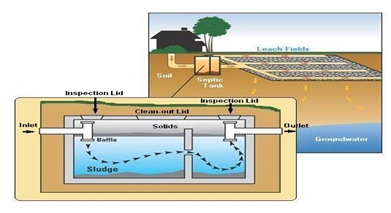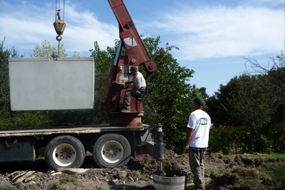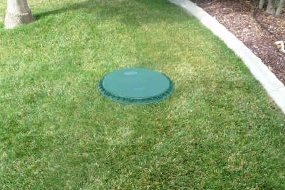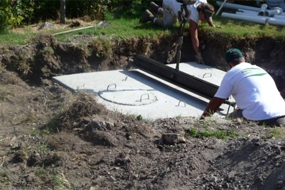Septic 101
Septic Systems

Pump Outs
A “pump out” sounds like a simple operation, right? Wrong. Actually a properly done pump out consists of several things. First, both lids must be uncovered and removed. Then there is the removal of those stubborn solids. This is usually quite a task. Simply, dropping in a hose and pumping out the liquid would be easy but would also be useless. (After all, the liquid is not the problem.) During this process, the tees and baffles are checked for proper placement and/or problems. If your system has an effluent filter, it will be cleaned as well. After the tank is thoroughly cleaned, the lids are replaced, then carefully and neatly covered.

Pumps
Your septic system may consist of a pump. Pumps are used when the drain field is at a higher elevation than the tank outlet. They pump the liquid from the tank to the drain field. Many times, pump failure is a direct result of poor maintenance. Because these pumps are designed primarily to handle liquid, if a tank is not pumped out on time, solids may enter the pump chamber and cause it to fail. We at Ingram & Greene will diagnose and repair these systems should they fail.

Alarms
If you have a pump on your system, chances are you also have an alarm. Alarms are set to alert you if you pump should fail to remove the liquid from your tank. Your alarm should sound before the tank is completely full. This allows for some emergency storage space to allow time to repair or replace the pump before the tank overfills.


Inspections
Septic tank inspections are most often performed when someone is buying or selling a home. This simple but important service can alert a buyer or seller of a potentially costly problem. While we don’t have a crystal ball, we can usually spot a potential problem with the system. At the time of inspection, the lids should be exposed and the water to the house should be turned on. This is necessary to insure proper flow through the system. We will also be able to check that the inlet and outlet tees are in place.
